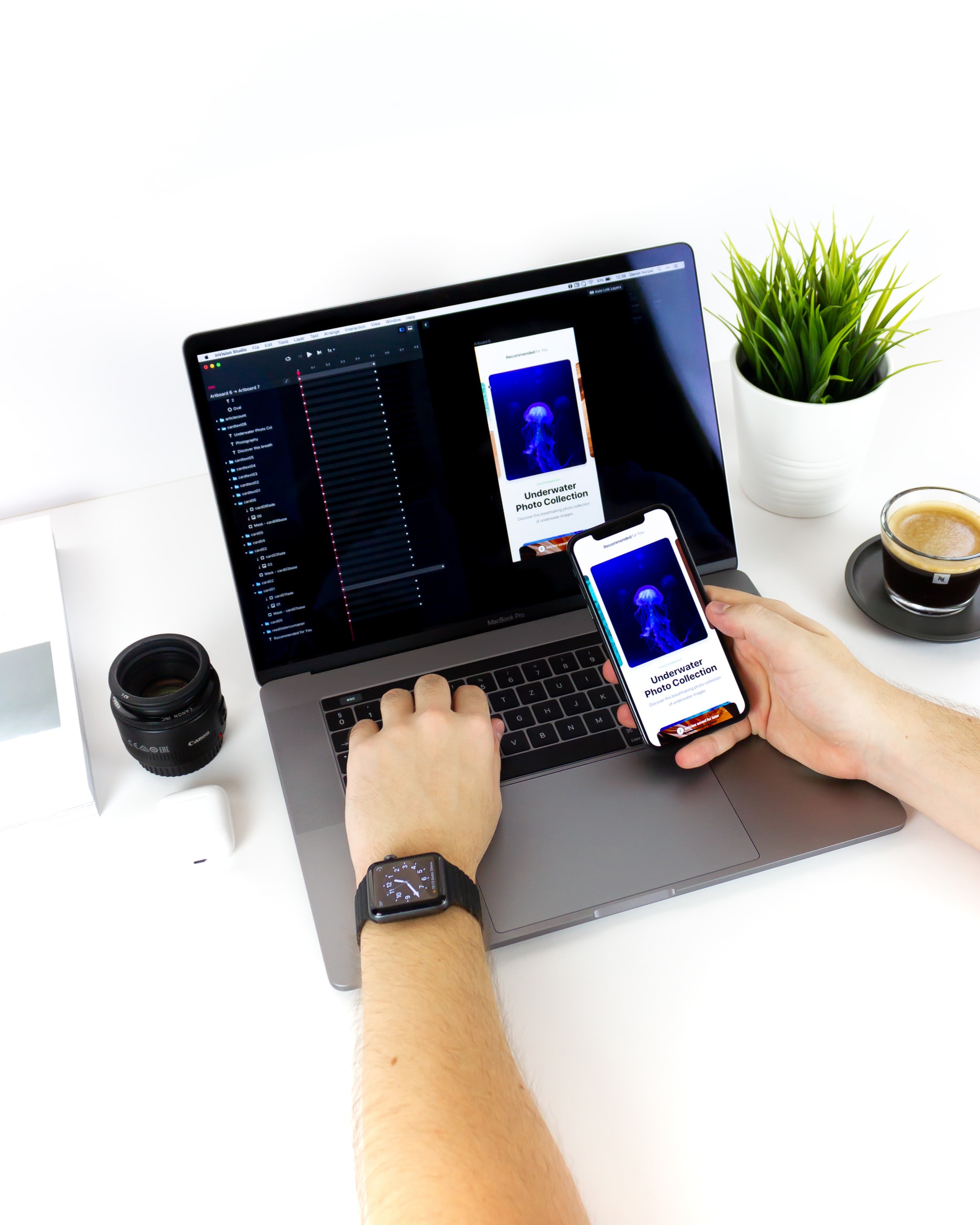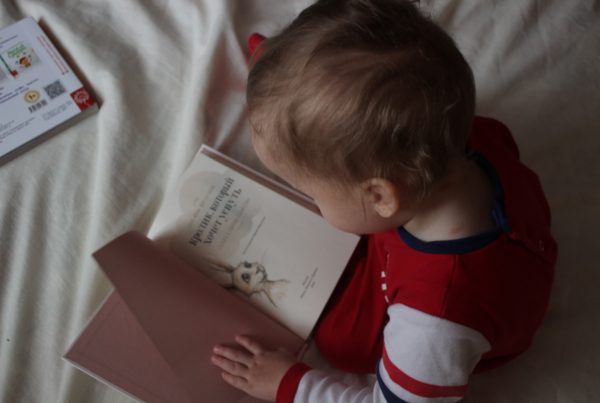This briefing paper outlines the impacts, opportunities and processes available to help management and employees adapt to the new ‘Work from Home’ or ‘Working Remotely’ environment.
By Peter Aughton and Phil Volkofsky
March 2020
As COVID-19 rapidly spreads across the country, many employees are, or will be required to work from home for an unspecified timeframe.
If this transition is done well, organisations can expect to find that they have long lasting benefits in terms of cost and productivity from motivated, loyal employees and lower overheads.
You will be facing a short-term challenge to sustain your operations as employees are required to work from home for an unspecified period of time. The opportunity exists for this mode to become longer term if the right approach is taken to mitigate risk and maximise opportunities.
Lessons learnt
To help organisations effectively adapt to the new ‘Working from Home’ environment, my colleague Peter Aughton and I provide some lessons learnt from organisational redesign projects in Australia, NZ and North America.
As you are preparing to shift employees to work from home, here are some thought starters and some basic tips for your approach to the workforce.
| Do | Don’t |
| Capture employees’ current perceptions of their work experience. | Assume they will be doing the same things that they have been doing in the office. |
| Deliberately plan the transition for greater employee empowerment | Communicate in the way you always have |
| Build processes for all employees to have input into this new way of working. | Rely on supervisors to organise the response |
| Establish organisational design principles for motivated working | Assume all employees will react the same |
| Recognise this WILL be a cultural change | Impose uniform goals and targets |
| Establish local area virtual teams and professional teams | Allow Laissez faire practices to develop |
| Build virtual get togethers for informal support and chat over coffee | Leave out mechanisms for sharing success |
Through our organisational redesign research and practice in the field you will be able to fully engage and motivate those working remotely by facilitating their ability to work together as a group and take responsibility to meet goals negotiated with management.
These working conditions lead to high levels of cooperation and encourage employees to work together (even though remote to each other) to improve the customer experience and productivity and quality.
Case Study – 2,500 employees
A recent project concerning many employees working remotely involved the organisational redesign of a national care provider with more than 2,500 employees.
Many carers, whether they worked in metropolitan, regional or remote locations, often worked alone. It was not uncommon to hear that individual support carers had never met their manager and rarely got together with co-workers to share caring experiences. Employees actively worked around this lack of management and sought out employees of other like organisations in their area to network and share best practice.
This type of management malaise can creep into your organisation over time if the right organisational design principle is not adopted and implemented. The constant negative social and news media messaging about COVID-19, only makes this situation more challenging for employees and their supervisors.
The Traditional work Unit
The basic unit of work in a traditional structure sees the control and coordination of work in the hands of the supervisor. This type of structure produces unintended consequences, to a greater or lesser degree.
- internal competition
- information hoarding
- blame
- micromanagement
- presenteeism
This environment can be characterised by;
- One-way communication
- Low trust
- vulnerability
In a traditional structure, with colocation of employees in an office for example, these unintended consequences can to some extent be mitigated by close supervision and positive human relations tactics.
Remote supervision and management
Remote working necessitates remote supervision and these unintended consequences can quite easily lead to a laissez-faire culture, which has much worse consequences for employee wellbeing and productivity.
When employees work in a laissez-faire environment, you can expect comments like these:
- “In 2011 we turned on each other – it was like Lord of the Flies”
- “We used to support each other when we had problems – now there’s no support”.
Participative design and high trust
Our research and direct experience show that informal small group work in a defined management framework creates;
- higher levels of cooperation
- innovation
- motivation
- moral
In this culture employees have less presenteeism, lower turnover and absenteeism characterised by
- High trust
- Sense of meaningful work
- Positive mental health
An open and trusting environment with employees working remotely is exactly what is needed for management to successfully navigate this uncertain and volatile environment.
To help leaders establish a slightly longer-term plan for your organisation while employees work from home, we are developing an on-demand video that will provide you with an overview of the essential organisational design tools and concepts to improve intrinsic motivation and business performance.
We will publish the video shortly. Please contact us directly if you would prefer a direct briefing.
Peter Aughton, Director
M: 0409 415 956
Phil Volkofsky, Director
M: 0400 084 712




